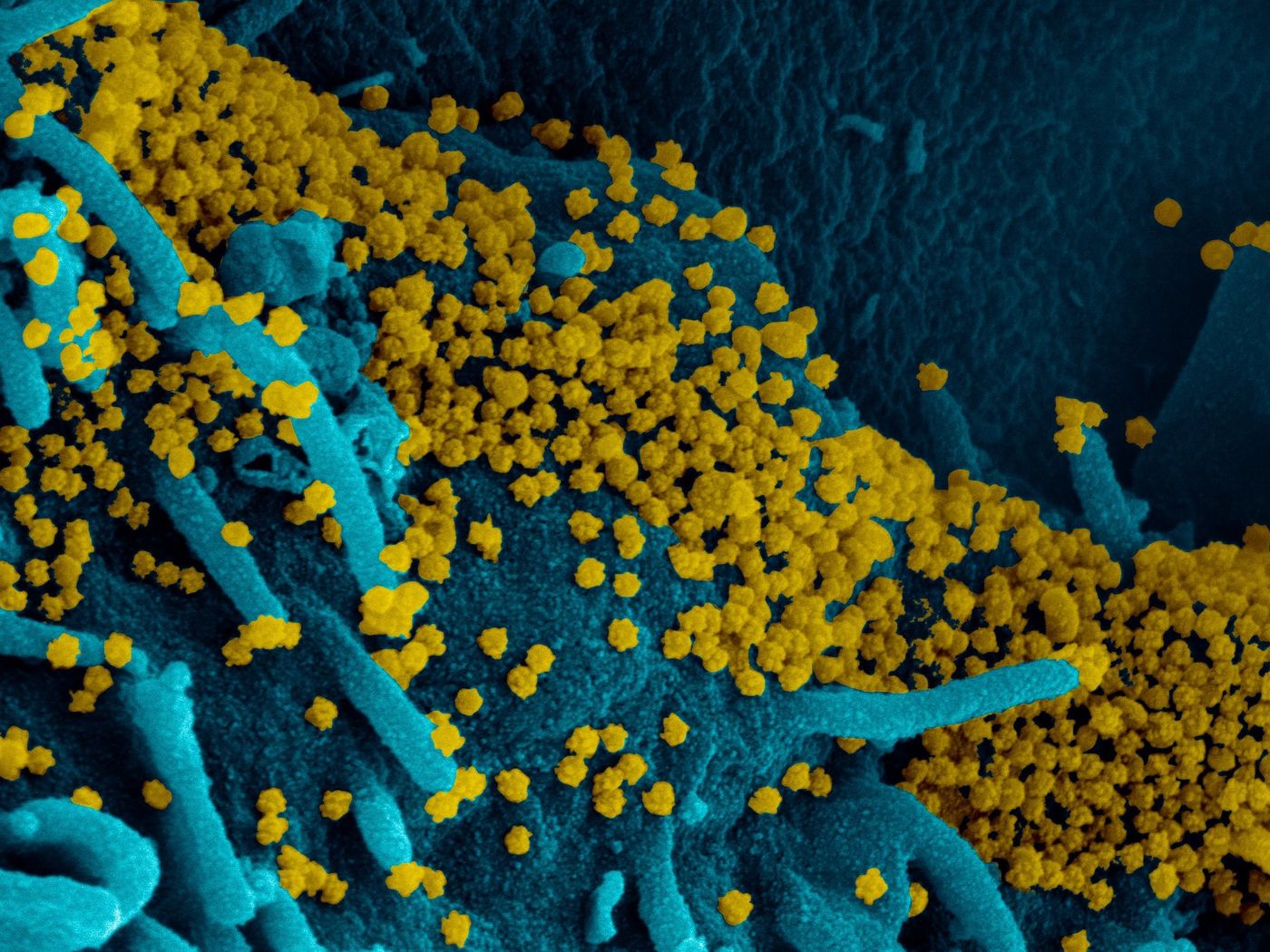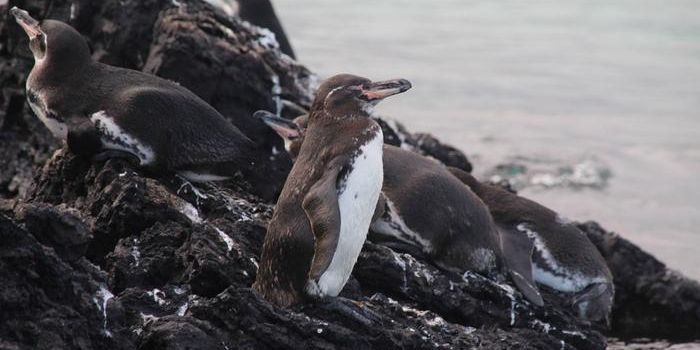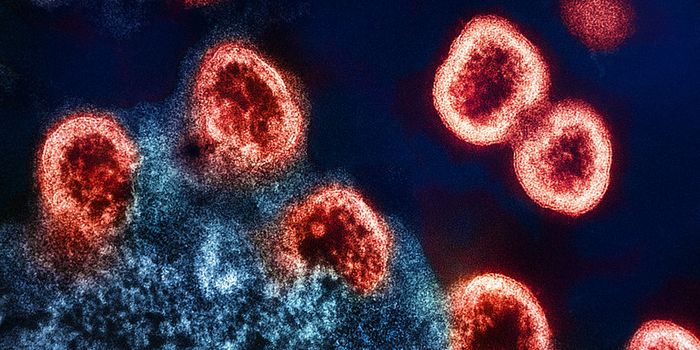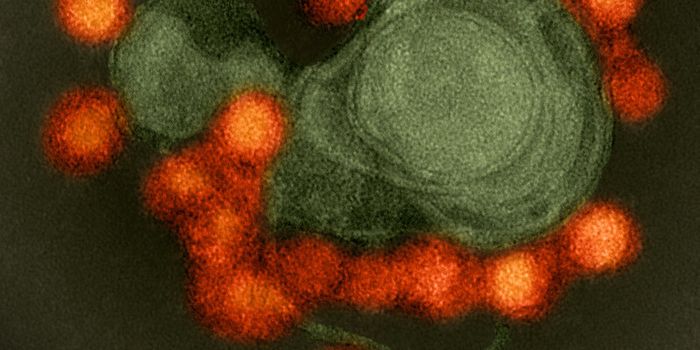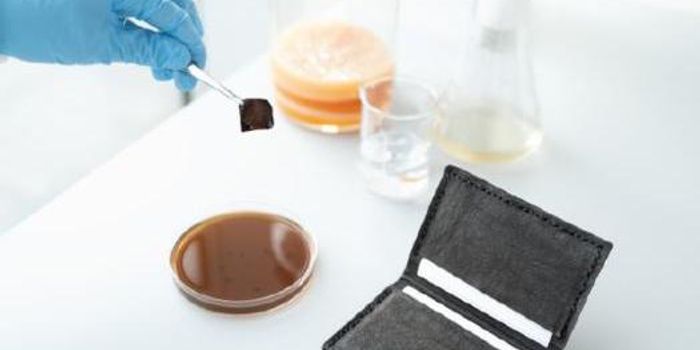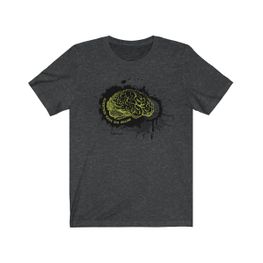Wildlife management officials check wild populations for pathogenic disease like chronic wasting disease and bovine tuberculosis. So researchers with national agencies like the National Wildlife Research Center were able to access those samples to see whether there was any indication that wild deer had come into contact with the pandemic virus SARS-CoV-2.
Scientists identified SARS-CoV-2 neutralizing antibodies in 40 percent of samples that had been obtained from populations of wild white-tailed deer in Michigan, Pennsylvania, Illinois, and New York in 2021. There were 385 samples taken that year. SARS-CoV-2 antibodies were found in three samples taken in 2020, and one in 2019. There was no evidence of the virus in samples taken from 2011 through 2018; there were 239 samples that were selected to represent this period.
The researchers also noted, however, that while the levels of these antibodies were thought to be high enough to indicate the presence of a SARS-CoV-2 infection, that was not confirmed directly.
The study authors also checked for cross reactivity, which appears to show that the tests do specifically indicate antibodies to SARS-CoV-2 and not other human coronaviruses. There was no cross-reactivity for MERS or SARS, for example.
This work has been reported as a pre-print in bioRxiv, and has not yet been peer-reviewed. The study is primarily a straightforward report of laboratory findings.
Zoonotic diseases are those that are passed from animals to humans. In reverse zoonosis, humans pass a pathogen back to an animal species. Reverse zoonosis has been observed before this; for example, researchers found that during the 2009-2010 season, the novel pH1N1 influenza had been passed from humans to their companion animals.
While research has shown that people who were infected with SARS-CoV-2 also passed the virus directly to mink living on farms, there is no conclusive explanation for how the virus got from humans to wild deer. In this study, the researchers proposed several potential routes; hunting, work involving field studies, animal rehabilitation, or conservation research, and food could potentially bring wild deer and people into direct contact. Wildlife may have also come into contact with a contaminated water source, though there is no definitive evidence yet that SARS-CoV-2 can spread through water. It's also possible that wild deer acquired the virus from other animals.
The researchers suggested that officials should begin to conduct more surveillance for SARS-CoV-2 in wildlife, including deer and animals that interact with deer.
We can't know how a virus will mutate if it continues to move through different species. Some mutations may cause a virus to die out while others can make it more virulent. It's probably best not to find out what happens on such an evolutionary path.
Sources: Science Magazine, bioRxiv
-
MAY 07, 2024Is It Anti-RNP or Anti-Sm/RNP?
- See More
-
APR 30, 2024Immuno-Oncology Virtual Event Series 2024
-
MAY 07, 20243rd International Biosecurity Virtual Symposium
-
MAY 23, 2024For the Love of Digital PCR 2024
- See More
